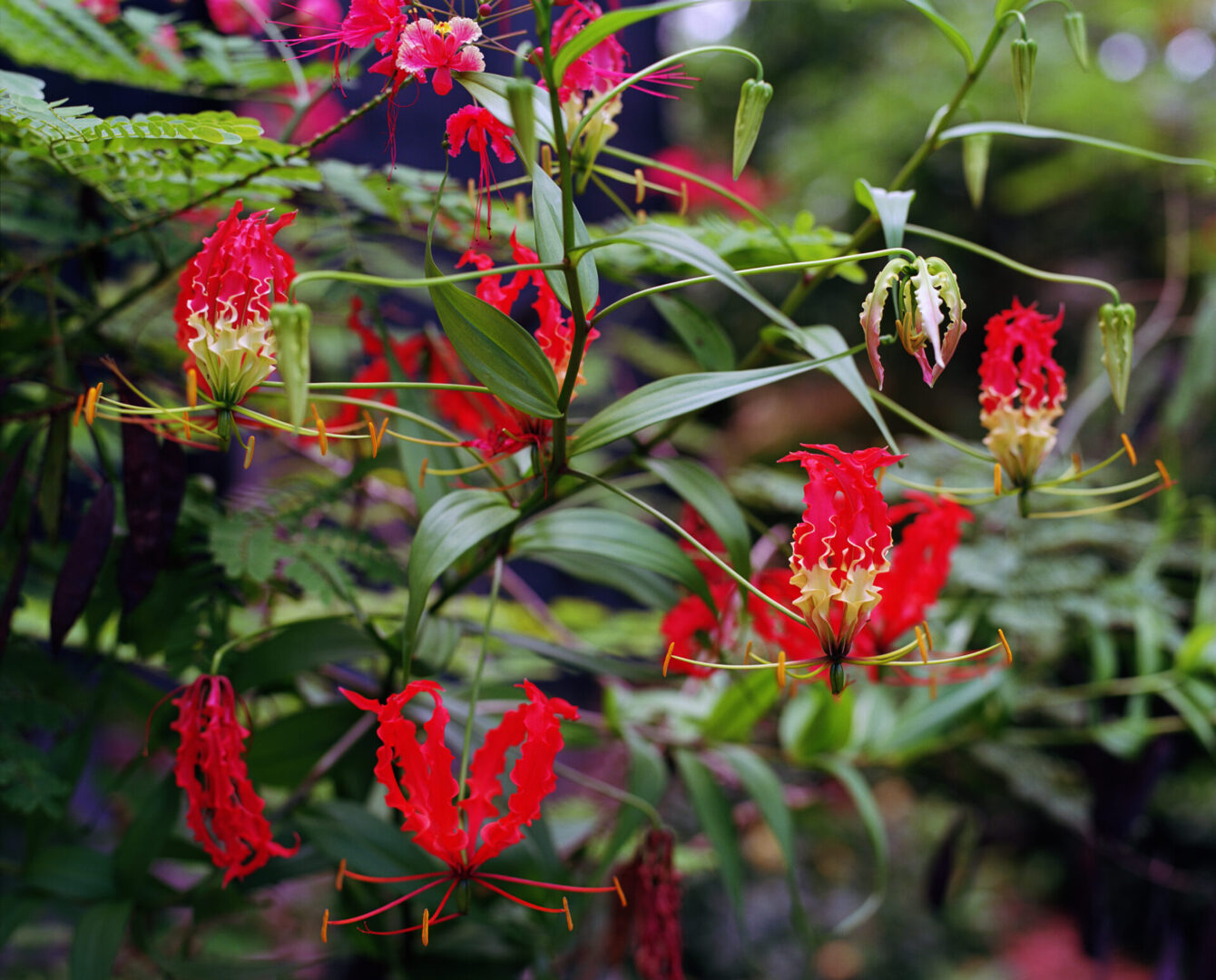Steve McQueen is a towering figure in contemporary art and cinema, renowned for his powerful interrogation of history, identity and social structures. Born in West London in 1969 to parents from Grenada, his work seamlessly navigates the terrain between visual art and filmmaking, employing innovative uses of projected images and sound to confront overlooked and painful pasts. McQueen’s art consistently challenges viewers to rethink narratives of race, violence, and memory, making him one of the most influential artists of his generation. Awarded the Turner Prize in 1999, the Rolf Schock Prize in Visual Arts in 2024, and knighted in 2020, his contributions extend across major museum exhibitions worldwide and a celebrated film career including the Oscar-winning 12 Years a Slave.
Now, Marian Goodman Gallery presents Bounty, McQueen’s first solo exhibition in France since 2016. This show marks the European debut of a compelling series of 47 photographs depicting the lush, vibrant flora native to Grenada. At first glance these images might appear to be a simple homage to natural beauty, but they are layered with deeper resonances. The flowers – yellow hibiscus, West Indian jasmine, pink ginger lily – serve as silent witnesses to Grenada’s fraught past, encompassing indigenous disappearance, colonisation, and the brutal realities of slavery under French and British rule. In McQueen’s hands, these blooms transform into symbols of resilience, remembrance, and unresolved trauma. Additionally one of his earliest films, Exodus (1992/1997), is presented, tracing back to his foundational explorations of displacement and identity, alongside (Untitled) (2025), a new sound piece made for the show.
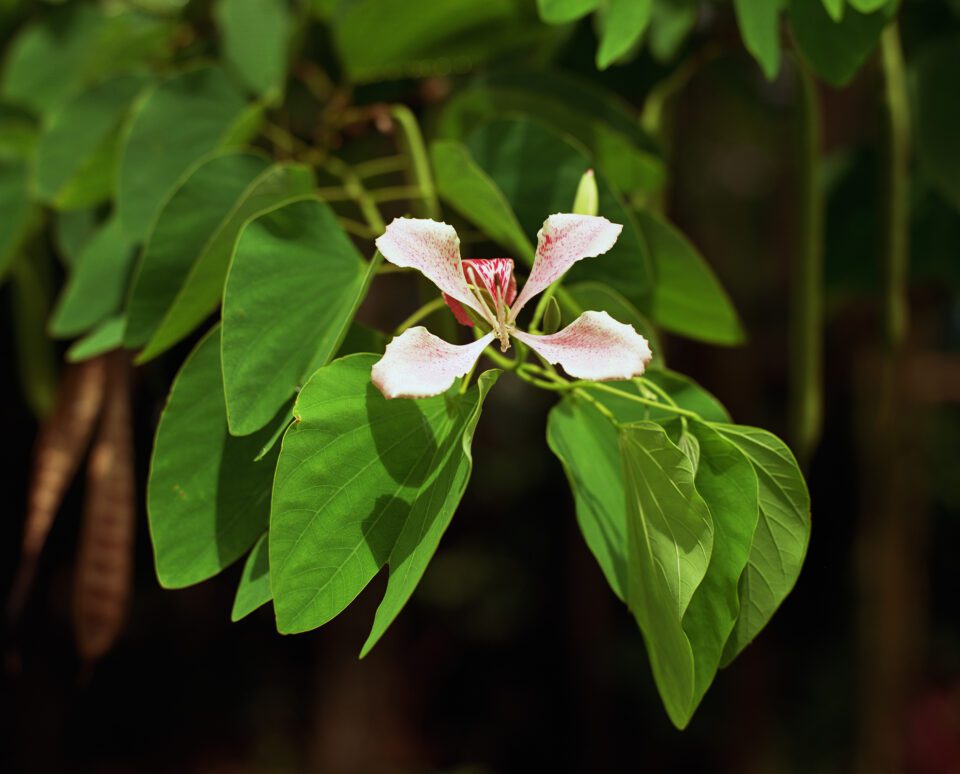
McQueen’s relationship with Grenada is longstanding and complex. Prior works such as Carib’s Leap (2002) and Ashes (2016) grapple with the island’s dualities. Carib’s Leap is a solemn tribute to the indigenous Kalinago people who, in 1651, chose death over French conquest – a dramatic act of resistance and tragic sacrifice. Ashes recounts a more recent violence: the murder of a young man by drug dealers. In Bounty, McQueen extends this conversation through photography, capturing the paradox that “sometimes the most horrible things happen in the most beautiful places,” as he puts it.
The title Bounty itself evokes a haunting duality. It references not only the natural abundance of the island but also the term used to describe the payment given for the capture or killing of enslaved Africans – an implicit nod to the commodification of human life under colonial regimes. McQueen’s floral photographs thus become more than botanical studies; they are embodiments of “flesh wounds,” as he calls them. Through this imagery, he invites contemplation on West Indian heritage and the enduring scars of history.
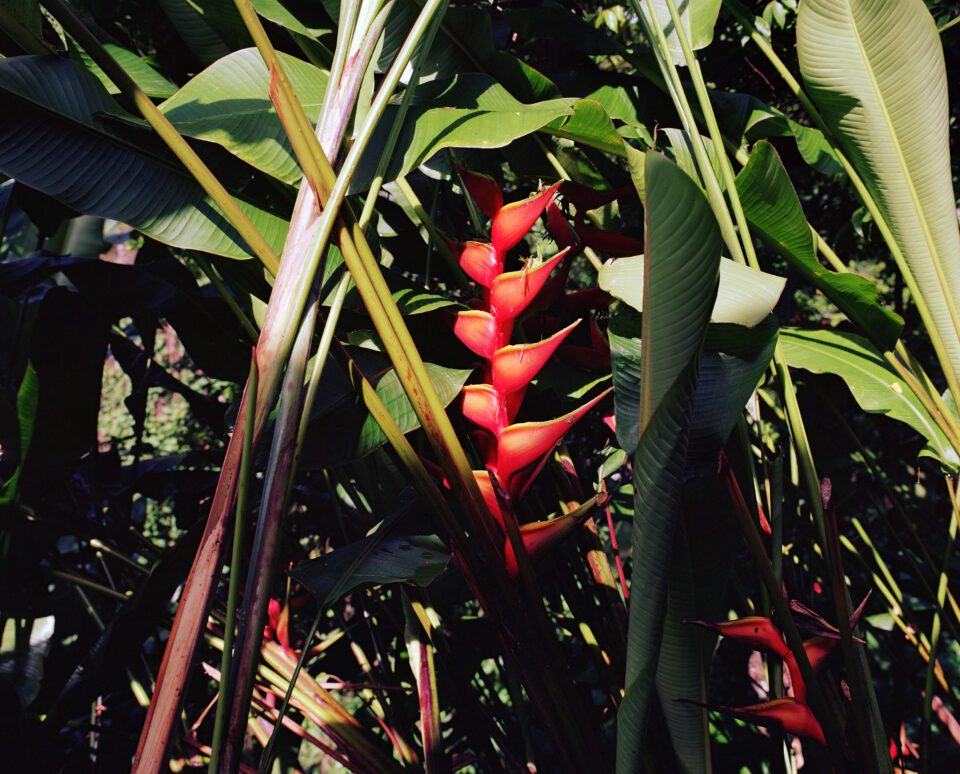
The exhibition’s presentation amplifies this emotive power. McQueen’s meticulous arrangement of the prints in a continuous line along sienna red walls envelops the viewer, creating an immersive experience that evolves as one moves through the gallery. This careful choreography of space reflects McQueen’s broader artistic commitment to transforming exhibition environments into reflective journeys. Each step alters the gaze, provoking a shift in how the viewer encounters beauty and pain.
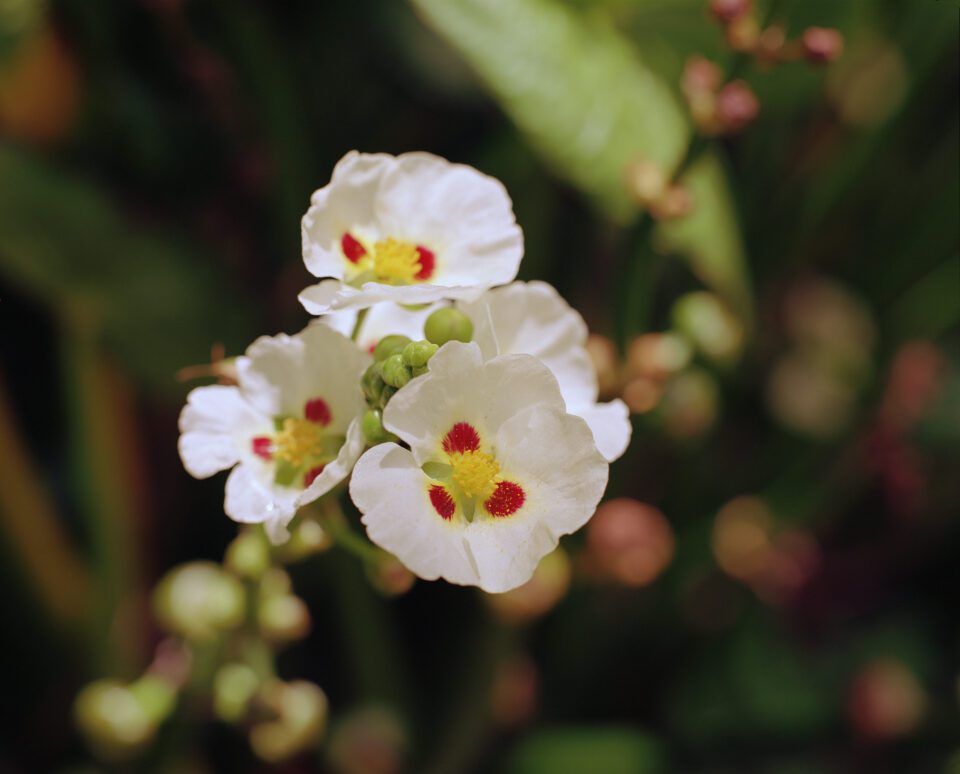
McQueen’s approach has consistently challenged the ways in which we see and interpret the world. As cultural theorist Paul Gilroy notes, McQueen “confounds the human sensorium” by inventing new angles from which to perceive bodies and histories, questioning ingrained racial biases in vision itself. This relentless pursuit of fresh perspectives underpins Bounty’s power. The photographs demand more than passive admiration; they require active engagement with the shadows hidden beneath tropical blooms.
Beyond Bounty, McQueen’s career spans numerous landmark exhibitions and film projects. His work has been included in Documenta (1997, 2002) and multiple Venice Biennales, including representing Great Britain in 2009. Solo shows at major institutions such as the Museum of Modern Art in New York (2017), Tate Modern (2020), and Schaulager Basel (2012–2013) have cemented his reputation in the art world. His recent large-scale installation Bass (2024), presented by Dia Beacon and Schaulager Basel, uses shifting light and sound to evoke the cultural legacies of the Black Atlantic.
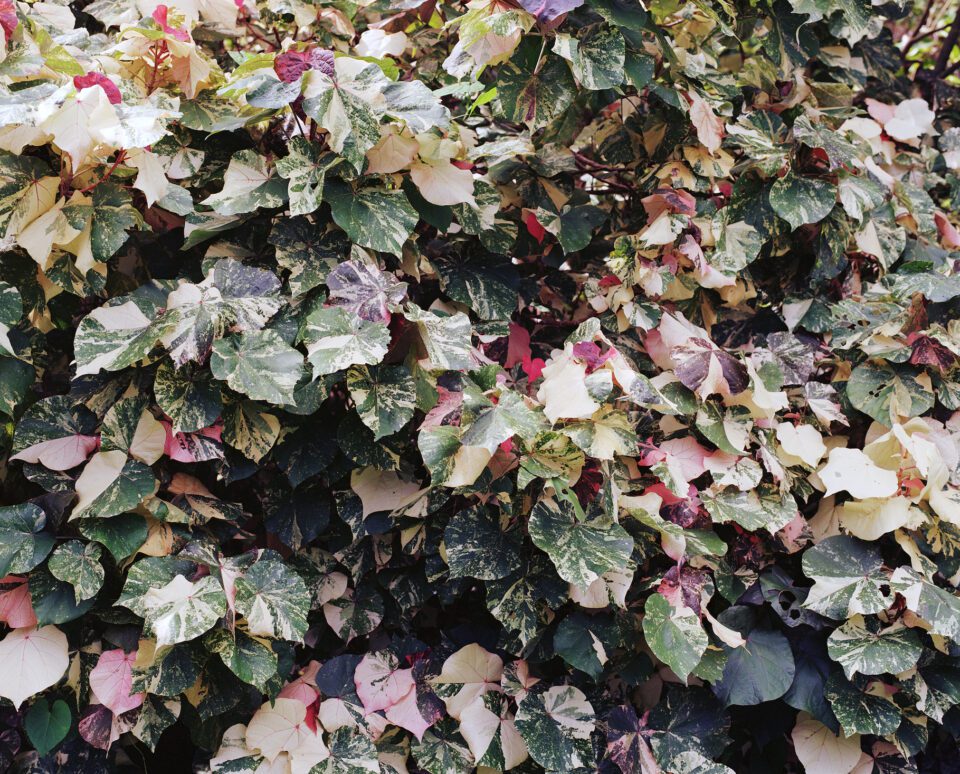
McQueen’s filmography parallels his visual art in intensity and social critique. From Hunger (2008), which won the Caméra d’Or at Cannes, to 12 Years a Slave (2013), which received the Oscar for Best Picture, his films dissect themes of power, identity, and historical trauma. His most recent feature, Blitz (2024), narrates the experiences of a mixed-race family during the London bombings of 1940, continuing his interest in the intersections of race and history. Parallel to his feature work, McQueen’s documentaries such as Small Axe (2020) and Uprising (2021) highlight the lives and struggles of London’s West Indian community, bringing activist stories to the screen with nuance and empathy.
The Bounty exhibition offers a distinct yet integrative facet of McQueen’s practice. It exemplifies his ongoing dialogue between nature and violence, memory and resilience. By foregrounding the Caribbean’s natural beauty as a vessel for untold stories, McQueen transforms the floral motif into a powerful symbol of survival and reflection. Bounty resonates as both a poetic meditation and a historical reckoning. It invites viewers to confront uncomfortable truths concealed beneath seemingly idyllic surfaces. Through this exhibition, Steve McQueen continues to redefine the possibilities of contemporary art, blending beauty and trauma to reveal histories that demand attention and remembrance.
Steve McQueen Bounty is at Marian Goodman Gallery, Paris until 25 July: mariangoodman.com
Words: Shirley Stevenson
Image Credits:
Steve McQueen, Bounty 38, 2024. Archival Inkjet print; Dibond mounted. 41.9 x 53.5 cm. Edition of 4. Copyright Steve McQueen. Courtesy of the artist and of Marian Goodman Gallery.
Steve McQueen, Bounty 8, 2024. Archival Inkjet print; Dibond mounted. 41.9 x 53.5 cm. Edition of 4. Copyright Steve McQueen. Courtesy of the artist and of Marian Goodman Gallery.
Steve McQueen, Bounty 26, 2024. Archival Inkjet print; Dibond mounted. 41.9 x 53.5 cm. Edition of 4. Copyright Steve McQueen. Courtesy of the artist and of Marian Goodman Gallery.
Steve McQueen, Bounty 19, 2024. Archival Inkjet print; Dibond mounted. 41.9 x 53.5 cm. Edition of 4. Copyright Steve McQueen. Courtesy of the artist and of Marian Goodman Gallery.
Steve McQueen, Bounty 9, 2024. Archival Inkjet print; Dibond mounted. 41.9 x 53.5 cm. Edition of 4. Copyright Steve McQueen. Courtesy of the artist and of Marian Goodman Gallery.


